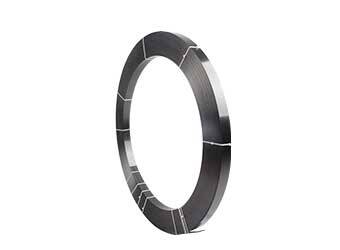Solutions
Horse Construction offers full range of structural strengthening materials with technical supports, documentation supports, products supports, project supports.
What Should Be Done For Seismic Reinforcement Of Old Buildings?

First of all, let's talk about the difference between seismic reinforcement and general reinforcement. I hope that the viewpoints given by the construction can help everyone have a deeper understanding of seismic technology. Generally, reinforcement is carried out in a targeted manner according to the nature of the defect. However, seismic reinforcement technology is considered more comprehensive. Seismic reinforcement not only needs to strengthen the structure of the building itself, but also needs to focus on the overall seismic strength and deformation capacity of the building.
By strengthening the original seismic components or adding new seismic components, the goal of improving the overall seismic capacity of the structure is achieved. Improving the rigidity and uneven strength distribution of the structure makes the building more stable and stronger in the face of an earthquake, thereby reducing the situation of large-scale damage or collapse.
The main points that need to be done well in seismic reinforcement
1. Strengthen seismic strength
On the basis of the original building of the old rural house, the earthquake-resistant wall was expanded and the wall protection column was added. In addition, pressure grouting can also be used on the original seismic walls of old rural houses to increase the supporting effect of reinforced concrete on the walls.
2. Improve the structural integrity of old houses
Many construction teams will apply the seismic reinforcement of old houses to common load-bearing walls. In fact, they can also be applied to indoor partition walls. Old houses have been used for many years, and the walls will often be damaged and damaged to varying degrees. In the seismic reinforcement of the old houses, the walls of the old houses need to be inspected. For walls with cracks, cement mortar can be used to rebuild new bricks in the cracked walls.
If the wall has a crooked flashing problem, you can use steel bars to penetrate the wall, and bolt the steel plates at the inner and outer ends of the wall and tighten them, so that the crooked flashing wall can be restored to a vertical state.
3. Highlight the reinforcement of buildings
Old rural houses often have chimneys, attics and other buildings. These buildings are the most easily damaged buildings when an earthquake occurs. When strengthening old rural houses, it is best to lower the height of these prominent buildings. In addition, for safety reasons, the weight of the roof can be reduced. For bungalows in rural old houses, pay attention to the height. Choosing a suitable height during reinforcement can increase the earthquake resistance of the old house and reduce the damage to the old house when an earthquake occurs.
4. Redo and reinforce old houses with a long history
With the construction of the new countryside, many old houses in the countryside have been rebuilt. But there are also some old houses with a long history that are now decades old. These old houses were not earthquake-proof and reinforced during construction, and we need to re-reinforce them later. Many old houses in rural areas still have brick-wood and masonry structures. For old houses of this kind of construction material, various methods can be used to re-reinforce the old houses.
You can find anything here you are in need of, have a trust trying on these products, you will find the big difference after that.

High strength, unidirectional carbon fiber wrap pre-saturated to form a carbon fiber reinforced polymer (CFRP) wrap used to strengthen structural concrete elements.

Two-components modified epoxy resin adhesive, with high quality plastic tube, double cartridge package for anchoring

High strength carbon fiber reinforced polymer(CFRP) plate for structural strengthening and concrete repair